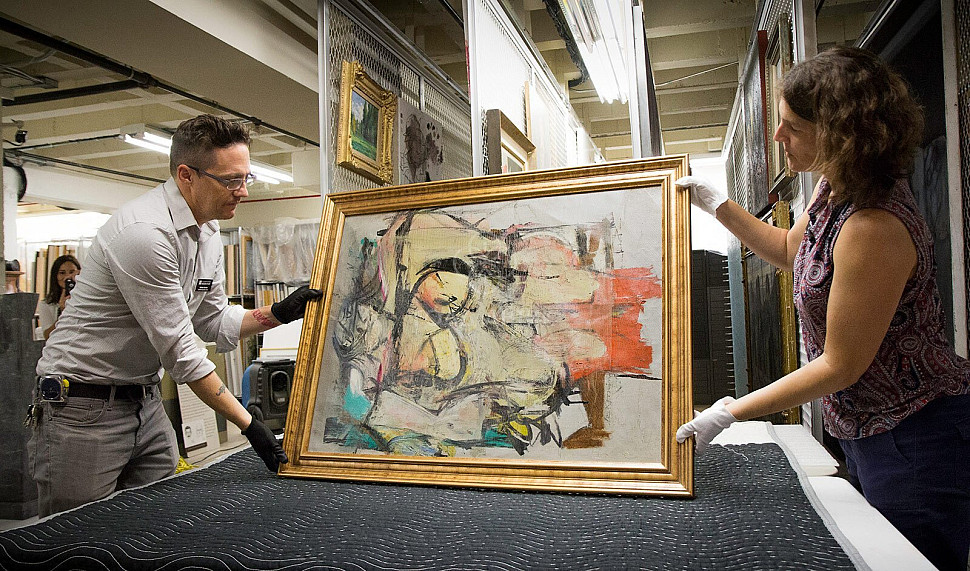Certificate of Authenticity for Paintings

Certificate of Authenticity for Paintings: Guarantee of Originality and Investment Protection
A Certificate of Authenticity for paintings plays a crucial role in the art world, providing collectors and investors with reliable evidence of a piece's origin and authenticity. This document is an essential element when buying, selling, or transferring paintings, confirming that the artwork was indeed created by the stated artist and is genuine. The certificate includes detailed information about the artwork’s provenance, technical characteristics, and condition, ensuring secure transactions in the art market while combating counterfeiting. Possessing such a certificate gives collectors confidence, making their investments in art more transparent and secure.

Certificate of Authenticity: Protecting Art and Building Collector Trust
A Certificate of Authenticity for a painting is a key document that confirms its originality and authorship. This critical attribute not only serves as a guarantee of quality and authenticity but also forms the foundation for confident transactions in the art market. Let’s explore why a Certificate of Authenticity is so important for artworks, how to obtain one, and how it impacts the perception and value of paintings.
Certificate of Authenticity: A Key to Safe Art Market Transactions
A Certificate of Authenticity is an indispensable tool in the world of art collecting and trading. This document, issued by an art expert or organization, verifies the originality and authorship of paintings, providing security for collectors and investors. We will discuss how a Certificate of Authenticity is created, its structure, and why it is vital in establishing trust in the art market.
Certificate of Authenticity: Ensuring the Originality of Artistic Heritage
Obtaining a Certificate of Authenticity for paintings is not just a formality but an essential step in preserving the history and value of artworks. This document is undeniable evidence that a piece is an original and meets quality standards. In this section, we’ll delve into what factors are considered when issuing a Certificate of Authenticity and why it is so important for collectors and art enthusiasts.
Certificate for a Painting: Safeguarding Against Forgeries and Damage
A Certificate for a painting is not just a formality but a powerful tool in preventing forgeries and ensuring the integrity of an artwork. This document, containing information about the painting’s provenance and condition, guarantees that the collector receives the precise art object they purchased. Let’s explore how a Certificate for a painting helps combat counterfeiting and why it is crucial for art buyers and sellers.
Certificate of Authenticity: Standards of Quality and Trust
The Certificate of Authenticity is not just a piece of paper; it is a hallmark of quality and a guarantee for collectors. This certificate verifies the authenticity, authorship, and technical assessment of an artwork. We will discuss the requirements for Certificates of Authenticity, how to obtain them, and their impact on quality standards and trust in the art world.
Certificate of Authenticity for Paintings: FAQ
1. What is a Certificate of Authenticity for paintings?
A Certificate of Authenticity is an official document issued by an art expert or organization that confirms the originality and authenticity of paintings. It includes information about the artist, provenance, and technical specifications of the artwork.
2. What role does a Certificate of Authenticity play when purchasing paintings?
A Certificate of Authenticity provides assurance that the artwork is genuine, making it a vital document that ensures reliability and protects the investments of collectors.
3. Who can issue Certificates of Authenticity for paintings?
Certificates of Authenticity can be issued by art experts, organizations, and auction houses. It is important to obtain them from competent and reputable sources.
4. What information is typically included in a Certificate of Authenticity?
A Certificate of Authenticity contains information about the artist, provenance, technical characteristics, and may include photographs of the artwork.
5. Can the authenticity of a painting be verified online through a certificate?
In some cases, it is possible to verify a painting’s authenticity online, especially if the certificate is linked to a digital database or has a unique code.
6. How often should a Certificate of Authenticity be updated?
It is recommended to update the certificate when ownership changes, significant restorations are performed, or new research about the artwork emerges.
7. Can a painting be recognized as authentic without a Certificate of Authenticity?
Yes, but having a Certificate of Authenticity significantly simplifies and accelerates the process. Without it, more thorough examinations and studies are required.
8. Can a Certificate of Authenticity be transferred with the painting upon sale?
Yes, owners often transfer Certificates of Authenticity along with the artwork during its sale. This ensures reliability and transparency in transactions.
9. What is the cost of obtaining a Certificate of Authenticity for paintings?
The cost varies based on factors such as the complexity of research, the authority of the expert, and the level of detail provided in the certificate.
10. Can a Certificate of Authenticity be obtained for old or antique paintings?
Yes, Certificates of Authenticity can be issued for old and antique artworks. Experts conduct specialized research to confirm their authenticity.
Certificate of Authenticity on our website.

